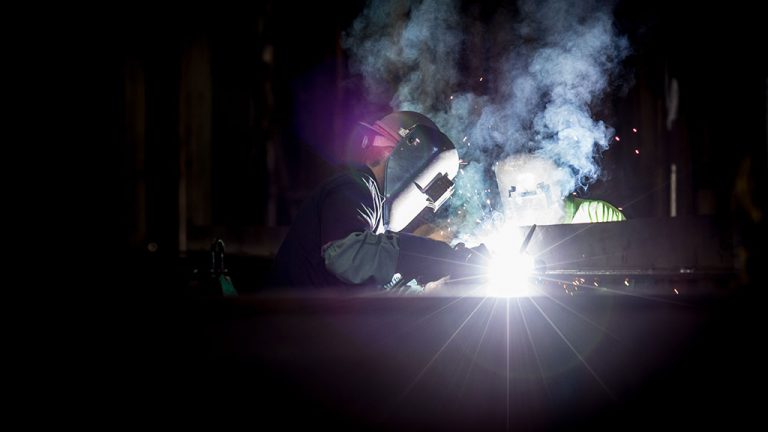Sewer and watermain construction is a technical and dynamic sector of the construction industry. Working sub-terrain and on open, linear construction sites presents a number of operating challenges that are unique to our sector. Perhaps the most difficult variable is environmental.
Given the nature of the work, the construction window is very short, lasting from approximately mid-April when the ground thaws until the end of November. This means that the construction calendar in our sector has very little flex and must be tightly managed in order to ensure completion times are met.
Additionally, due to the disruptive nature of the work, contracts governing our projects are strict in terms of project delivery times, hours of operation, and traffic closures — failure to meet these conditions leads to significant fines. Any delay during the course of a project creates a disruptive ripple effect that ultimately delays other aspects of the project, with little opportunity to make up for lost time.
All of this adds up to a constrained operating environment, with our contractors often at the mercy of factors beyond their direct control. Meticulous scheduling and operating a safe worksite are two things a contractor can do to limit disruptions and delays. Any approach that can improve the efficiency of these two factors are therefore constantly being sought out by our industry. This is why we supported the passage of the Ontario Underground Infrastructure Notification System Act, 2012, creating a mandatory One Call system.
A co-ordinated, single-call process for dealing with underground utility lines — as opposed to the previous system requiring up to 13 separate calls — and having a mandated delivery timeline (five days) creates enormous administrative efficiencies for our sector.
The process also purports to reduce the number of line strikes by eliminating the chance of missing a utility prior to digging, meaning a safer work environment.
The system was a good idea in theory, but so far it has been a disappointment in practice primarily because the legislated five-day delivery time for locates is being disregarded.
Throughout the 2014 construction season, companies in our sector have waited up to six weeks (and occasionally more) for locates. There are a number of reasons for these delays (i.e. increased demand, a shortage of locate service providers), nevertheless change is necessary in order to bring the system in line with its legislated intent.
In the sewer and watermain industry, our contractors can’t break ground until they have all area utility locates in hand, and because their work is entirely sub-grade this means that they sit idle until locates are received.
For a single crew with all of the requisite equipment, permits, and traffic control in place, it has been estimated that the cost to sit idle is $10,000 per day.
In a short construction season this impacts a company’s ability to complete all of their work and meet their earning potential. As a result of late locates in 2014, many projects were delivered late or deferred until 2015.
For its part, Ontario One Call has tried to improve response times by focussing on creating administrative efficiencies through enhancing the information collected for locate requests and cracking down on emergency locate requests.
However, it continues to miss the major issue with the system: enforcement of the five-day turnaround for locates.
There is great potential value in this system, but it has yet to be realized. Much has to be done from every involved sector in order to improve how this system operates, as there are great advantages for all involved parties. For utility owners, there will be a decrease in the damage to underground infrastructure. For contractors, there will be a more consistent and reliable system to receive locates for a project area.
If this new system can simply adapt to its new circumstances and move closer to its five-day requirement, project completion times would be significantly reduced.
Patrick McManus is the stakeholder relations manager with the Ontario Sewer and Watermain Construction Association.











Recent Comments
comments for this post are closed